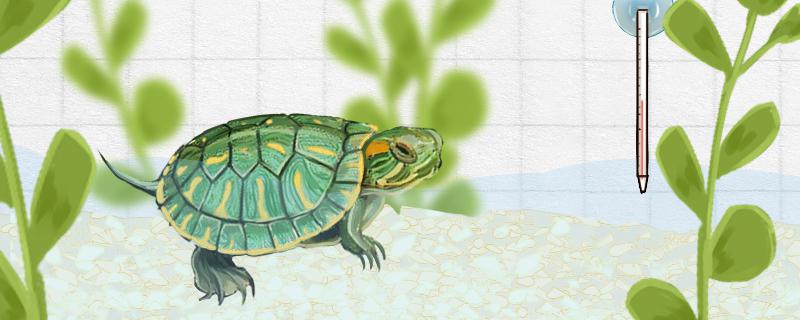
not turtles, but freshwater turtles, because they are mainly produced in the United States and parts of Mexico, most of them live in inland areas, so they do not belong to turtles. It was introduced into China in 1987 and has a large number of breeding records. Because of its strong reproductive capacity and adaptability, it is distributed in almost all continents except Antarctica. Can
in tap water? Brazilian turtles can be raised in tap water because they are freshwater turtles and do not require high water quality. But you can't use the tap water that just came out, because the tap water that just came out contains chlorine, which will affect the health of Brazilian tortoises if they are used directly. Breeders need to expose the newly received tap water to the sun for 1-2 days to completely volatilize the chlorine in the water, and then use it for Brazilian turtles.
for Brazilian tortoises? If there is a filtration system, the water can be changed every 15 days or so, because the filtration system can reduce the deterioration of water quality. If there is no filtration system, the water can be changed every 3-4 days, because the excrement of Brazilian turtles is more, if the frequency of water change is lower, it will lead to the deterioration of water quality. If the breeder has enough time, it is better to change the water after each feeding, so as to ensure that the water quality is fresh and clean.